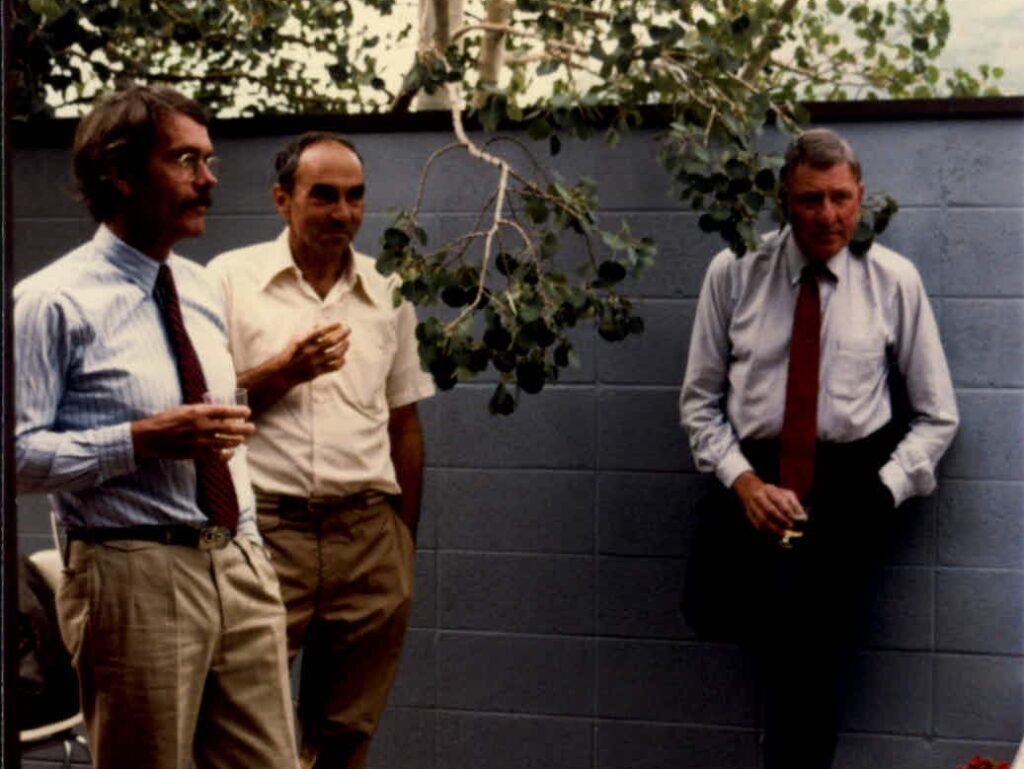Aspen on the Road to Supersymmetry
In 1969, I was a postdoctoral fellow at the National Accelerator Laboratory, known today as Fermi National Accelerator Laboratory. Its director, the late Bob Wilson, was ruling the roost. One of five junior theorists, I started working with Louis Clavelli on “Dual Resonance or Veneziano Models.” We focused on the group structure of the Veneziano vertices, and were among the first to build vertices for the emission of spin one particles and understand the role of their conformal dimension.
In early 1970, a Wilsonian ukaz simply stated: “All theorists must go to Aspen!” I did not know what he meant, and was not too keen on the idea as Lillian, an electrical engineer at Bell-Labs/Western Electric in Naperville, could not accompany me. But an ukaz is an ukaz, and that summer found me on a scary flight from Denver to Aspen. My main recollection of that first day is of hummingbirds at the Wienerstube where fellow theorist Don Weingarten and I had lunch. I became quickly acclimated to the Aspen way of life, playing volleyball in Wagner Park every day, listening to music outside the tent, walking a lot, and not spending as much time as I should at the Physics Center.
It was this change of atmosphere which led me to stop calculating and start thinking. As a graduate student I had been very keen on infinite component wave equations, and the Veneziano amplitudes looked very similar (Lou told me that Nambu had identified it as a string). That summer in Aspen I decided to pursue the analogy. All the elements were already known: there was a generalized momentum, a generalized coordinate, a generalized Klein–Gordon equation, decoupling conditions, and I formulated a correspondence principle from momentum to generalized momentum, from gauge to decoupling conditions, etc…, and the other way around, using what became known later as the zero slope limit.
I doubt that I would have pursued these ideas were it not for the exhilarating and liberating Aspen atmosphere.
By the time I left Aspen I realized that by extending the correspondence principle to Dirac’s first order equation, I could include fermions to the Veneziano model.
Epilogue: In fall 1970, I worked out the homework I had assigned myself in Aspen. Many physicists also found a summer stay in Aspen was often followed by a very productive fall. I worked out the generalized Dirac equation, and checked with Nambu, who was then visiting IAS in Princeton. In early fall, I wrote up what I had done in Aspen, only to have it rejected by Physics Letters; I withdrew that manuscript, depressed and distracted (I had just learned I was on the job market). It was only after Christmas 1970 that I submitted the generalized Dirac equation to Physical Review D (no more letters!).
Thus began in Aspen the opening of the Pandora’s box of that special boson-fermion symmetry, known as Supersymmetry.



